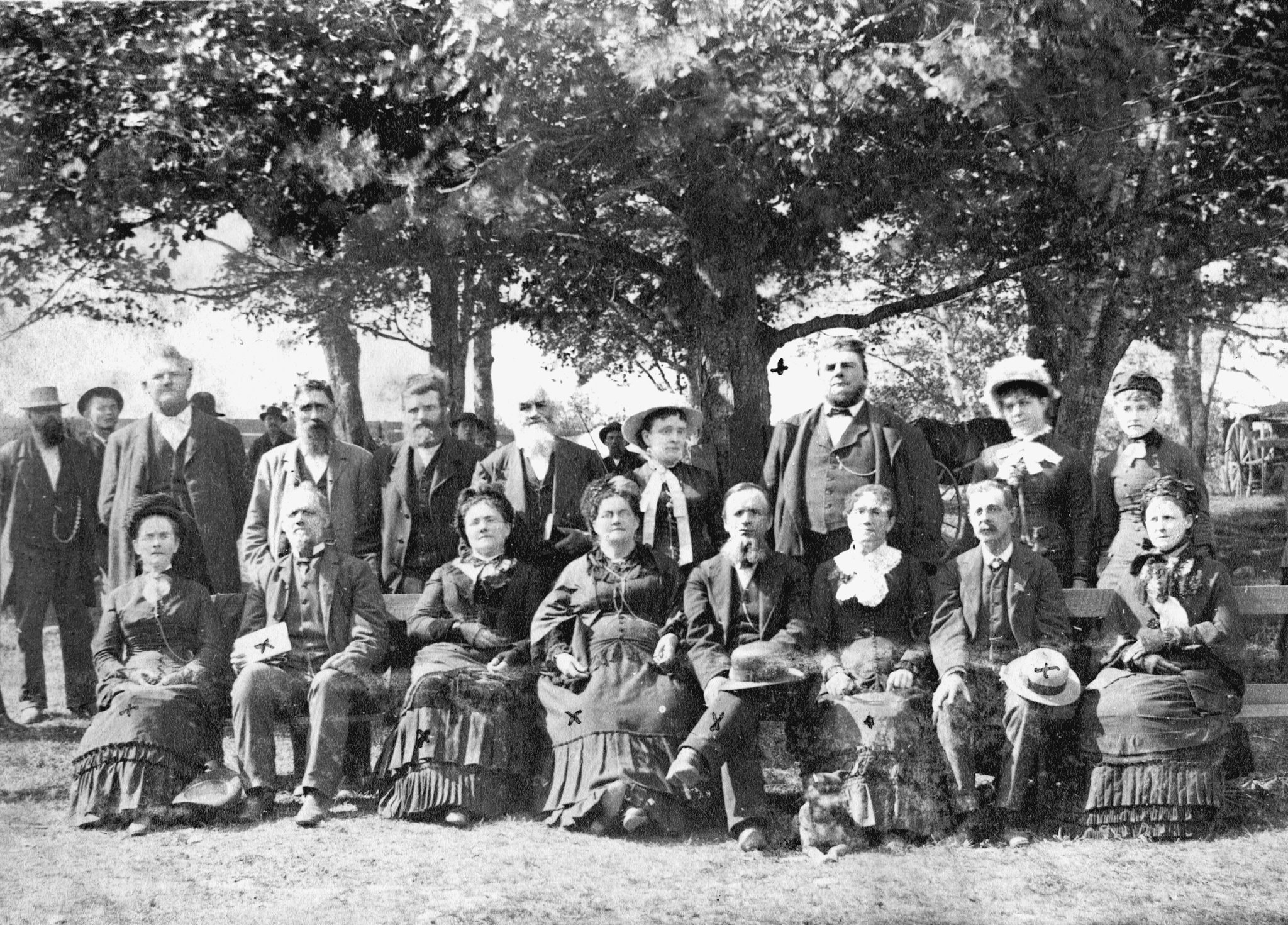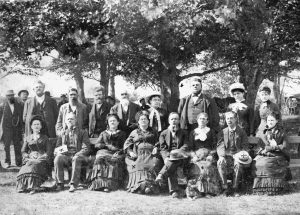Contemporary magicians often look with scorn on the mediums of the late 19th and early 20th centuries as charlatans, uniformly looking to pull the wool over clients’ eyes and make a quick buck. Yet mediums like Pascal Beverly and Emma Harding Britten began as mediums but went on to develop a lot of the concepts and practices that form the basis for modern ceremonial magick – and without disowning their spiritist pasts: they DID criticize passive mediumship and started creating techniques for controlling encounters with discarnate entities that are still with us or at least wound up as important influences on modern magical workings.
The New York Times ran a review of Mira Ptacin’s The In-Betweens: The Spiritualists, Mediums, and Legends of Camp Etna that takes a look a community of today’s practicioners in these arcane arts. An excerpt reads:
“Ptacin collects insights and highlights from the history of spiritualism but mostly concentrates on Etna’s current practitioners. Her interactions with the community’s mediums and psychics include a ceremony to cleanse her home of a suspected ghost, a session of table talking in which the oak-legged furniture apparently dances around the room and an experiment in dowsing.
“All of this togetherness leads the author to a deep affection for her subjects, the “magnificent men and women of Camp Etna, past and present.” She admires their undaunted courage and candor in the face of public mockery and disdain. This gains her some very open access. It also leads her to walk carefully through spiritualism’s fraud-speckled history and to occasionally tip the story into credulity. In describing one medium, Ptacin writes of feeling intimidated: ‘She had told me that she had a Ph.D. in metaphysics and an ability to literally see beyond what most human eyes could.'”
https://www.nytimes.com/2019/10/25/books/review/the-in-betweens-mira-ptacin.html.


